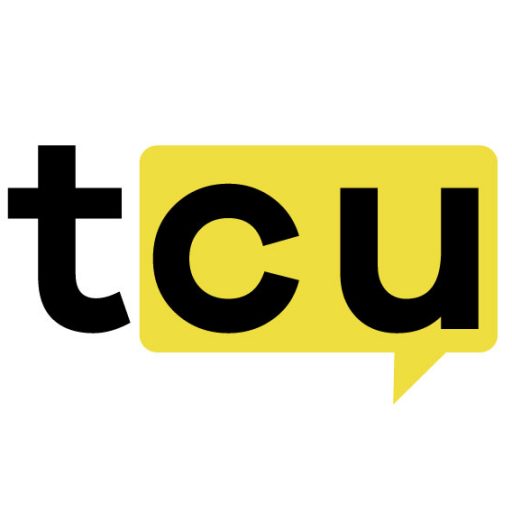Ethereum’s Solution to Layer 2 Fragmentation
Ethereum has just shared new technical specifications for its Interop Layer, which aims to solve one of the network’s most persistent problems – the fragmentation across different Layer 2 solutions. The system, first introduced earlier this year, is designed to make Ethereum’s growing ecosystem of rollups function more like a single, cohesive chain rather than separate networks.
Yoav Weiss from Ethereum’s Account and Chain Abstraction team explained that the Ethereum Interop Layer (EIL) would allow users to send tokens, create NFTs, and conduct trades across various rollups without needing to switch networks or depend on bridge services. This approach could significantly simplify the user experience, which currently involves managing multiple networks, bridges, and different gas tokens.
How the Interop Layer Functions
Marissa Posner from the Ethereum Foundation’s Product team provided some clarity on how this system works. She mentioned that EIL automatically works with all EVM-compatible Layer 2 solutions. “Since all we need is that the L2 is an EVM compatible rollup, anyone can deploy EIL, and it doesn’t require explicit integration with the L2,” she told The Defiant.
For the initial version, there are a few basic requirements: the Layer 2 must settle transactions to Ethereum’s main layer (L1), have a canonical bridge available, and maintain EVM compatibility. This approach means developers won’t need to build custom integrations for each individual Layer 2 solution.
To enable these cross-chain transactions, wallets will need to incorporate either the EIL software development kit or potentially use the upcoming ERC-5792 standard. For ERC-4337 wallets, this means adding a multichain validation module, while externally owned account wallets can delegate using EIP-7702 to compatible implementations provided by the Ethereum Foundation.
Current Status and Next Steps
Posner confirmed that as of November 18th, EIL is available for public testing on testnet environments. The team is actively seeking feedback before moving to mainnet deployment. “A mainnet rollout for further public use will come after we receive feedback on the protocol and it has gone through testing and auditing,” she explained.
The Ethereum team is kicking off this feedback process with $6,000 in bounties at the ETHGlobal Buenos Aires event running from November 21-23. This suggests they’re serious about gathering real-world testing and community input before full deployment.
Already, Ambire has implemented EIL in its public codebase and plans to support mainnet functionality in the future. Ethereum also has a demonstration application called Stitch – a cross-chain decentralized application aggregator that’s currently operational.
Looking Ahead
Posner mentioned that conversations are underway with several wallet and dapp development teams. “Any wallets or dapps that are interested in learning more about EIL are invited to reach out to us,” she added.
If this system works as intended, it could mark a significant step forward in making Ethereum’s Layer 2 ecosystem more accessible and user-friendly. The current situation, where users need to navigate multiple networks with different interfaces and token requirements, creates substantial friction that limits broader adoption.
Ethereum remains the dominant smart contract platform with over $72.5 billion in total value locked across decentralized finance applications, according to DefiLlama data. Ether continues to trade around $3,000 with a market capitalization approaching $364 billion, maintaining its position as the second-largest cryptocurrency.
The success of the Interop Layer could potentially address one of Ethereum’s most significant usability challenges, making the network more competitive as blockchain technology continues to evolve. However, as with any new protocol, the real test will come when it faces the complexities of mainnet deployment and real user adoption patterns.
![]()


